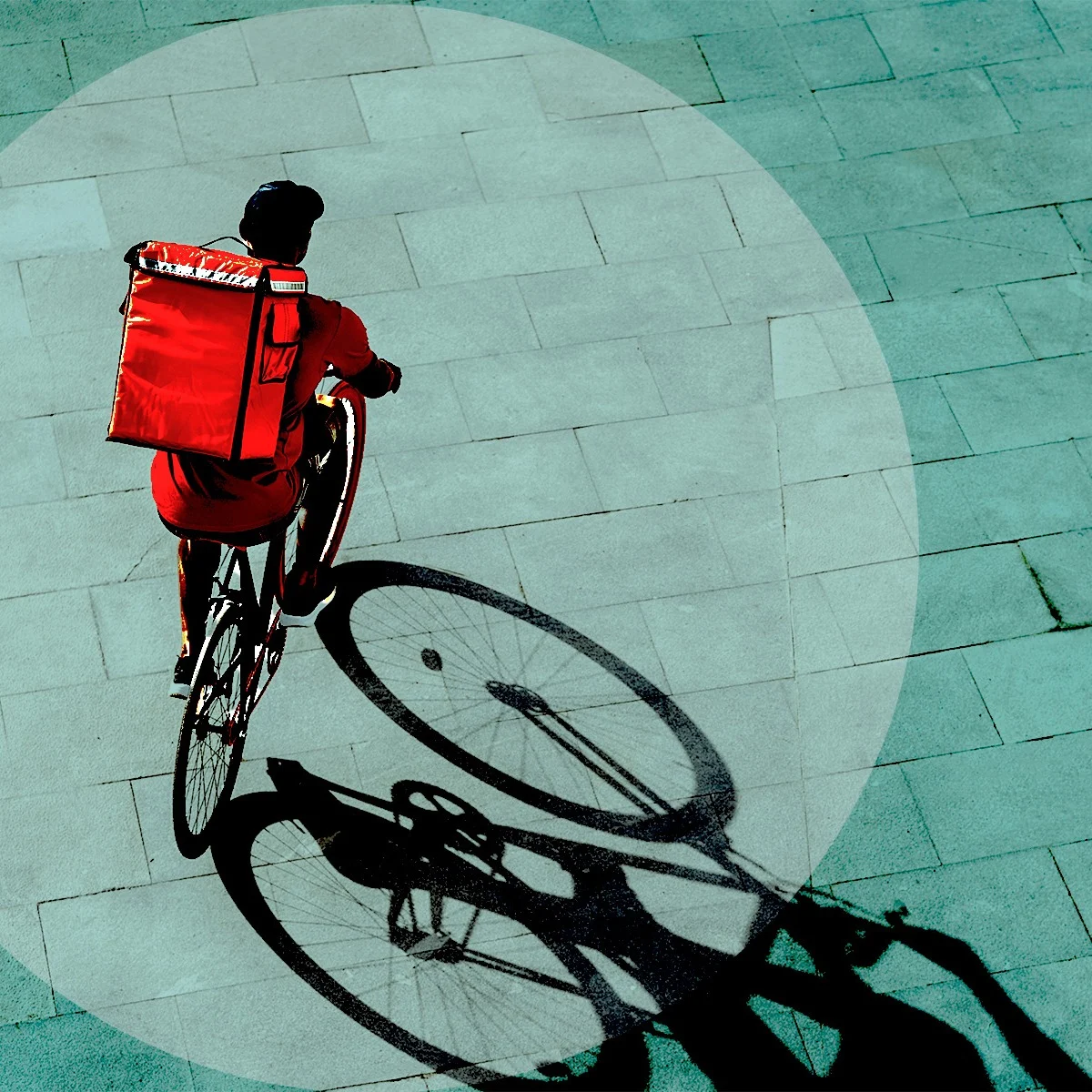Gig work seems to offer it all: Workers ready to perform specific tasks or projects, and flexibility for employees.
Or does it? New research finds that people working multiple jobs spend less on both essentials and extras, indicating that they may not be as happy or financially secure as their full-time counterparts. The analysis suggests what Harvard Business School authors call a “crucial opportunity” to redesign work, not only to improve on-the-job performance, but also employees’ overall quality of life.
“It would really be smart for managers to take the time to understand what role a job is playing in their employees’ lives, and how they might design those jobs to improve well-being,” says Paige Tsai, a doctoral candidate at HBS who is the lead author of “The Hidden Costs of Working Multiple Jobs: Implications for Spending Behavior and Wellbeing.” “If a person is living a better life outside of work, they're going to be able to bring a better version of themselves into work. It’s a virtuous cycle.”
The analysis of over 90,000 bank customers finds that equivalently-compensated people working multiple jobs spend about:
17 percentage points less of their take-home pay than do workers earning similar pay through one job.
16 percentage points less on necessities, such as housing, utilities, and health care.
Almost 2 percentage points less on “indulgences” linked to higher well-being, such as entertainment and dining.
They also save less, reflecting their potentially complex financial needs or the fact that they’re students trying to work around their classes. These workers also shoulder higher transportation expenses.
“One view of the world is that income is income. It doesn’t matter how you make it—it’s how much you earn that drives you’re spending choices,” says HBS Professor Ryan Buell, one of the study’s authors. “But that's not what we see at all. People with multiple jobs, who earn the same amount of money, exhibit very different spending behavior.”
People with multiple jobs, who earn the same amount of money, exhibit very different spending behavior.
The gig economy exploded with the COVID-19 pandemic, technological advances, and the rise of remote work. With inflation predicted to rise amid a turbulent economy, some people might opt to drive for or fill orders for Instacart to earn extra money.
Part-time work can be less stable than full-time employment, and the results offer a glimpse into how money earned through multiple jobs affects how people live.
Integrating data from three studies
To assess if people with multiple jobs spend their earnings differently from those with full-time work, the authors undertook three main studies.
1. Researchers recruited 738 participants through the Prolific Academic platform and surveyed them on their income sources, breaking down the percentage earned through each stream.
Participants shared their typical monthly spending across 30 categories, some tagged as necessities (such as housing, medical expenses, and groceries) or indulgences (such as gym memberships, leisure travel, eating out, or streaming services). The authors recruited 40 judges to categorize and rate necessities and indulgences on a 1-7 scale.
2. To backstop the self-reported answers, and the possibility that people may get income from sources other than a job, the researchers parsed data from more than 90,000 customers of a large national bank between July 2021 and June 2023. Data included transactions for checking and savings accounts, personal and mortgage lending, as well as credit card accounts.
3. Finally, they analyzed information from the University of Chicago’s General Social Survey to gauge how job structure, happiness, and financial satisfaction relate. The GSS collects information biannually to keep a historical picture of how people live their day-to-day lives in America.
How workers spend their money
Tsai and Buell, the C.D. Spangler Professor of Business Administration, found that compared with people who work one job, those with multiple jobs spend:
19 percent less on doctor visits and 11 percent less on medical expenses.
16 percent less on “indulgences” overall, including 26 percent less on entertainment, 17 percent less on travel, 18 percent less on dining out, and 10 percent less on shopping.
80 percent more on education, which includes increased spending on colleges, universities, and education services. People aged 36 and under also spend more on education across the board, the authors note.
2.2 percent more for transportation, including 16 percent higher expenses for public transportation.
Workers will multiple jobs are also 29 percent less likely to allocate money to a mortgage.
Design jobs that serve employers and employees
So what should employers take away from the data? Tsai recommends that companies find out why a worker is taking a job from the outset. From there, employers can craft a position that works best for both.
If a job seeker really wants a full-time role, but also needs flexibility to take classes in the afternoon, offering one flexible full-time job may serve employers and employees better than part-time status, Tsai says.
That first step of even taking the time to understand why employers are at their door in the first place would be a really critical one.
“Our research suggests that working multiple jobs may not be the most effective financial strategy for individuals who are trying to make ends meet,” she says. “We see that individuals with multiple jobs who are lower income spend less on groceries and healthcare, for example, than their higher-earning single income counterparts.”
“I don't think that employers have a great sense for why individuals are taking their jobs in the first place, and that can really start as early as the onboarding process,” Tsai concludes. “That first step of even taking the time to understand why employers are at their door in the first place would be a really critical one.”
Image credit: Ariana Cohen-Halberstam with asset from Adobestock/Santypan
Have feedback for us?
The Hidden Costs of Working Multiple Jobs: Implications for Spending Behavior and Wellbeing
Tsai, Paige, and Ryan W. Buell. "The Hidden Costs of Working Multiple Jobs: Implications for Spending Behavior and Wellbeing." Harvard Business School Working Paper, No. 25-036, January 2025. (Revised March 2025.)



